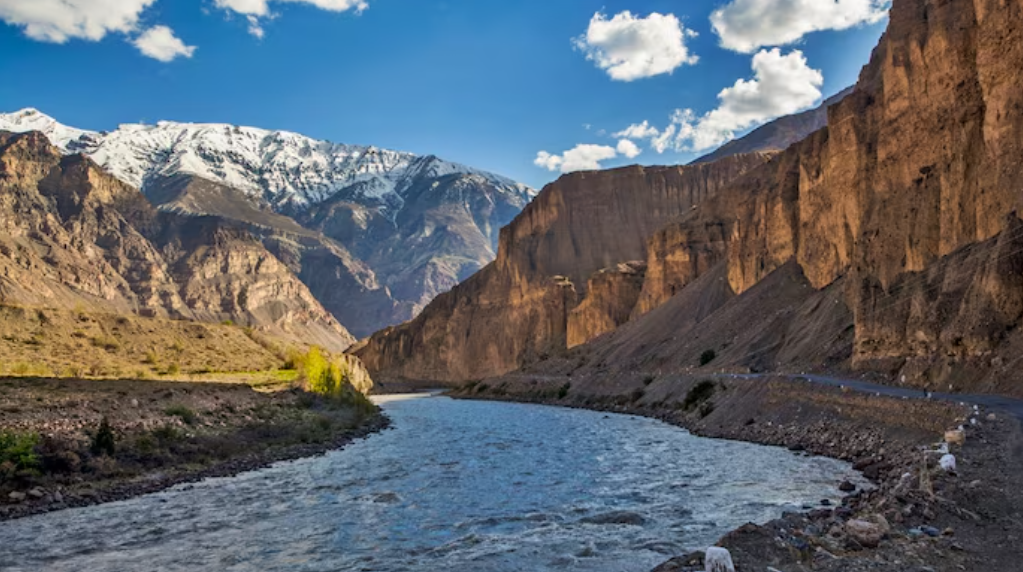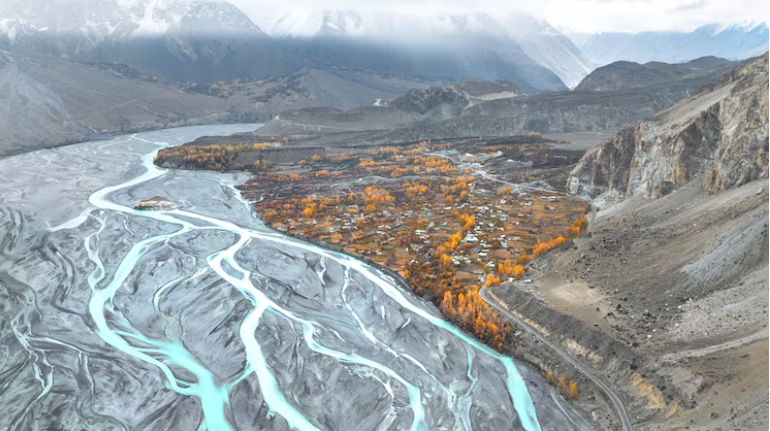A new study indicates that climate change is significantly impacting the seasonality of river flow, particularly in high northern latitudes.

In Short
- The patterns of river flow fluctuate with the seasons
- It plays a crucial role in influencing floods, droughts, water security
- Scientists observed changes between 1965 and 2014
Climate change is not only driving global heatwaves, parching droughts and intense glacier melting, it has also altered the flow of rivers across the world.
A new study indicates that climate change is significantly impacting the seasonality of river flow, particularly in high northern latitudes.
The patterns of river flow, which fluctuate with the seasons, play a crucial role in influencing floods, droughts, water security, and the overall health of biodiversity and ecosystems across the globe.
While previous studies have hinted at alterations in river flow due to climate change, much of the evidence has been limited to specific local regions or has failed to isolate the impact of climate change from other human-induced influences on river flow.
Consequently, the global understanding of the impact of climate warming on river flow remains incomplete.

To address this gap, Hong Wang and a team of researchers from School of Environmental Science and Engineering, Southern University of Science and Technology, Shenzhen, conducted a comprehensive study, combining in situ observations of monthly average river flow from 10,120 gauging stations.
The observations spanned the years 1965 to 2014.
They employed a statistical method to develop a generalised global seasonality index by assessing the evenness of flow rates distribution across months, making it a suitable tool for characterising the highly variable flow regimes of rivers globally.
The study’s key findings indicate that approximately 21% of long-term river gauging stations have experienced significant alterations in seasonal flow worldwide, with notable impacts during low flow periods.
The research reveals a noticeable weakening in the seasonal cycle of river flow in high northern latitudes above 50 degrees North, directly attributing this phenomenon to climate change.
These findings shed light on the global-scale repercussions of climate change on river flows.
The study provides valuable insights that contribute to a more comprehensive understanding of the intricate interactions between climate change and river ecosystems, guiding future efforts towards effective conservation and adaptation strategies.
Article Credit: indiatoday